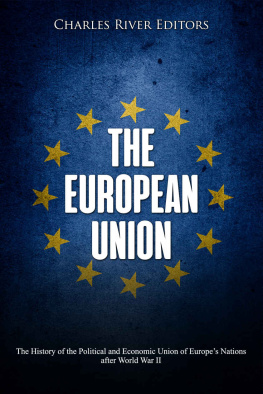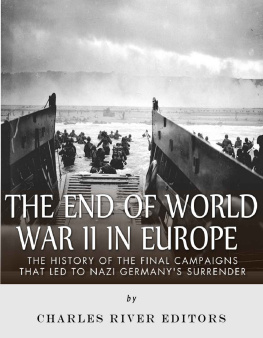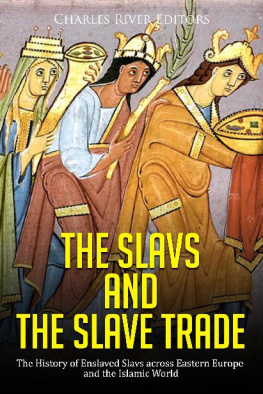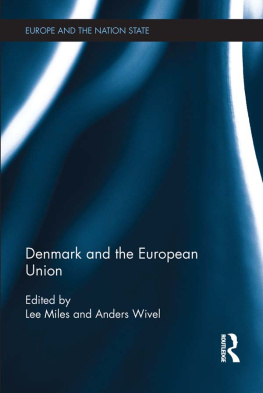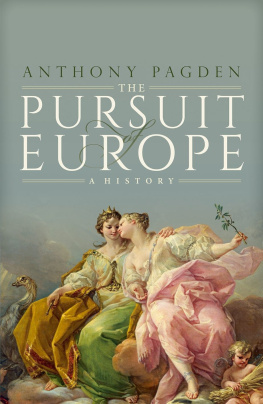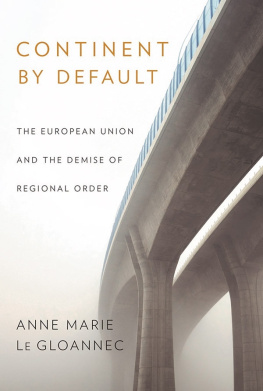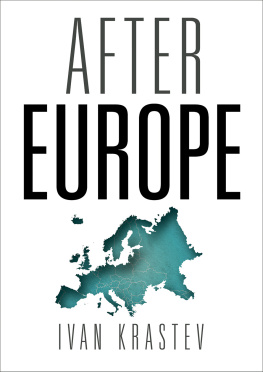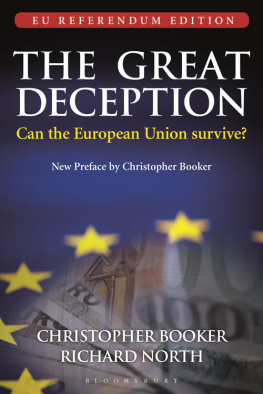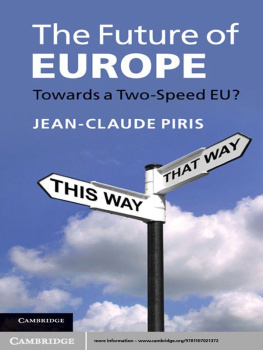Charles River Editors - The European Union: The History of the Political and Economic Union of Europe’s Nations after World War II
Here you can read online Charles River Editors - The European Union: The History of the Political and Economic Union of Europe’s Nations after World War II full text of the book (entire story) in english for free. Download pdf and epub, get meaning, cover and reviews about this ebook. year: 2020, publisher: Charles River Editors, genre: Politics. Description of the work, (preface) as well as reviews are available. Best literature library LitArk.com created for fans of good reading and offers a wide selection of genres:
Romance novel
Science fiction
Adventure
Detective
Science
History
Home and family
Prose
Art
Politics
Computer
Non-fiction
Religion
Business
Children
Humor
Choose a favorite category and find really read worthwhile books. Enjoy immersion in the world of imagination, feel the emotions of the characters or learn something new for yourself, make an fascinating discovery.
- Book:The European Union: The History of the Political and Economic Union of Europe’s Nations after World War II
- Author:
- Publisher:Charles River Editors
- Genre:
- Year:2020
- Rating:5 / 5
- Favourites:Add to favourites
- Your mark:
- 100
- 1
- 2
- 3
- 4
- 5
The European Union: The History of the Political and Economic Union of Europe’s Nations after World War II: summary, description and annotation
We offer to read an annotation, description, summary or preface (depends on what the author of the book "The European Union: The History of the Political and Economic Union of Europe’s Nations after World War II" wrote himself). If you haven't found the necessary information about the book — write in the comments, we will try to find it.
The European Union: The History of the Political and Economic Union of Europe’s Nations after World War II — read online for free the complete book (whole text) full work
Below is the text of the book, divided by pages. System saving the place of the last page read, allows you to conveniently read the book "The European Union: The History of the Political and Economic Union of Europe’s Nations after World War II" online for free, without having to search again every time where you left off. Put a bookmark, and you can go to the page where you finished reading at any time.
Font size:
Interval:
Bookmark:
By Charles River Editors
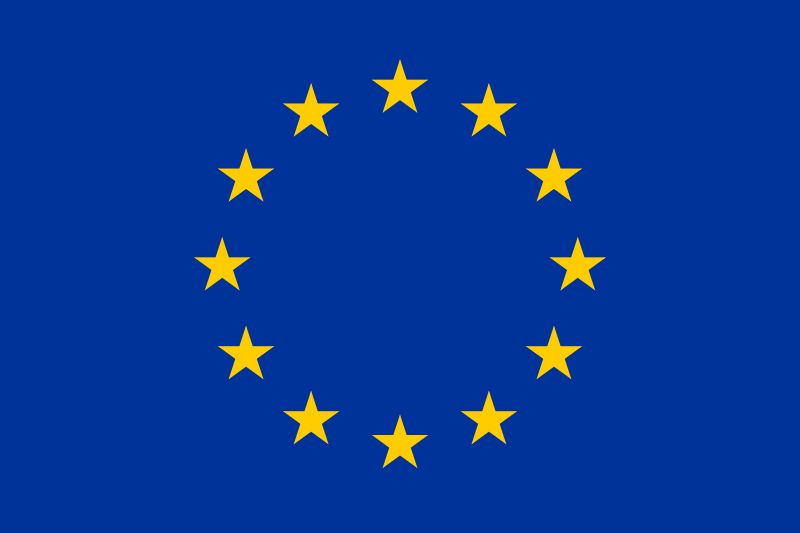
The EUs flag
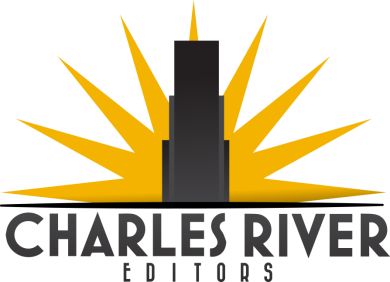
Charles River Editors provides superior editing and original writing services across the digital publishing industry, with the expertise to create digital content for publishers across a vast range of subject matter. In addition to providing original digital content for third party publishers, we also republish civilizations greatest literary works, bringing them to new generations of readers via ebooks.
Sign up here to receive updates about free books as we publish them , and visit Our Kindle Author Page to browse todays free promotions and our most recently published Kindle titles.
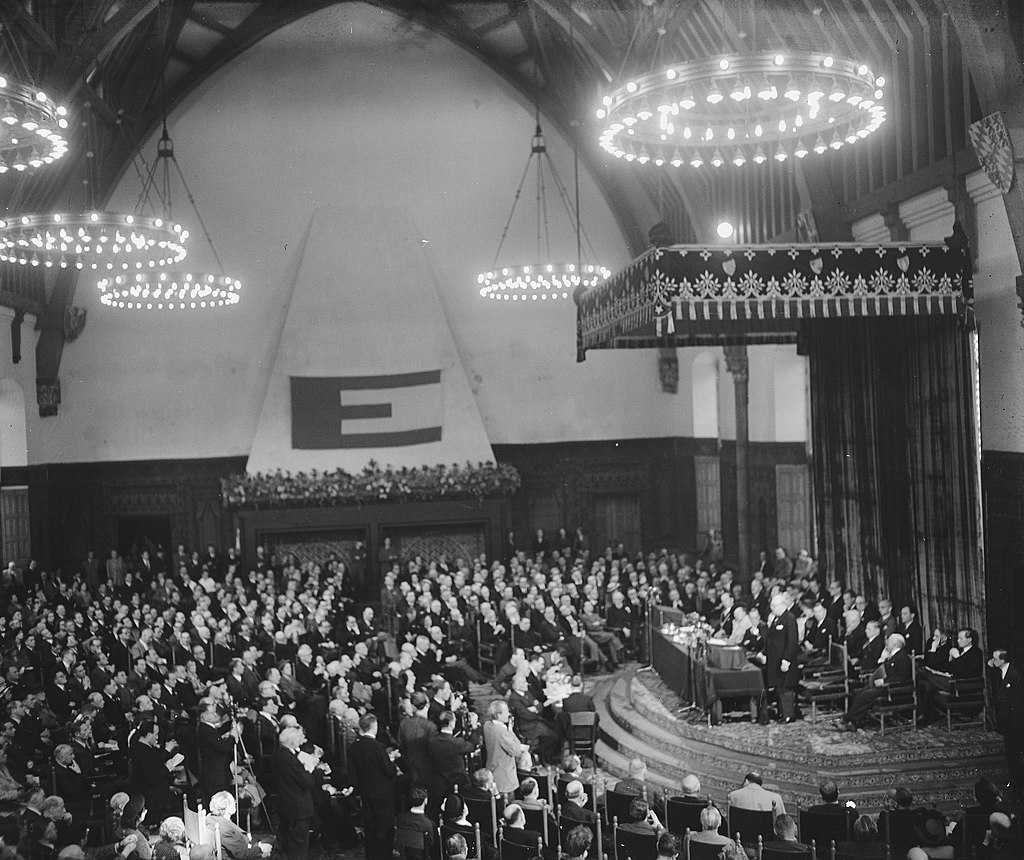
Picture of a 1948 congress that met in the Hague to discuss a political union
Less than 21 years after the end of the First World War, the Second World War broke out in September 1939 when on the third day of that month the United Kingdom and France declared war on Germany, which had invaded Poland two days earlier. The Second World War would last for nearly six years (although some historians consider the war to have started in Asia in 1937), and all of Europe was ravaged. The Allies, principally the United States, Great Britain, France, and the Soviet Union, emerged as victors, while the Axis Powers, led by Germany and Japan (Italy had surrendered to the Allies in 1943) were defeated.
After two world wars that had decimated the continent of Europe in little more than thirty years, leading politicians believed that a supranational body needed to be created to bring a permanent form of peace to Europe. After the First World War, there was a failed attempt led by US President Woodrow Wilson to create a global League of Nations. After the Second World War, in 1945, the intercontinental organization designed to bring peace and security to the world, the United Nations, was established. However, those in Europe wanted to create a pan-European movement due to European countries historical, cultural, economic, and social ties. Such a union of European countries would also make it easier to for the United States to administer aid to the countries it had agreed to financially help with the Marshall Plan.
The origins of the European Union started with a bilateral treaty signed by France and Britain in 1947. Through a number of treaties, the alliance among Western European countries grew in strength and power to encompass economic, political, and social ideals. The first formal organization, the European Coal and Steel Community comprising six countries, gave way to the more cohesive organization the European Economic Community, which in turn was a forebear to the European Union. During this evolution the European confederate project continued to grow in geographical size, economic cohesion, and shared political beliefs. Today, the European Union now has 27 member countries and a population of nearly 450 million, with shared political institutions, a common economic market, an international currency in circulation in the majority of member states, and a commitment to peace, democracy, justice, and human rights.
The European Union: The History of the Political and Economic Union of Europes Nations after World War II examines how the various attempts to forge a union came together after the war and led to the current EU. Along with pictures of important people, places, and events, you will learn about the EU like never before.
Separated by vast gulfs of political, cultural, and philosophical divergence, the three chief Allied nations of World War II the United States, the Soviet Union, and Great Britain attempted to formulate a joint policy through a series of three conferences during and immediately after the conflict. The second meeting, named the Yalta Conference after its Black Sea venue, occurred in February 1945 and was both the most well-known and most influential of them all.
Adolf Hitler's Third Reich had scant time remaining when the Big Three met to discuss the future of Germany, Europe, and the postwar world as a whole. No doubt existed regarding the war's outcome; the Americans had shattered the Wehrmacht's desperate last throw in the west, the Ardennes Offensive, during the Battle of the Bulge in the weeks immediately preceding Yalta, and the Soviet front lay just 50 miles east of Berlin, with the Red Army preparing for its final push into the Reich's capital after a successful surprise winter campaign.
Among the agreements, the Conference called for Germanys unconditional surrender, the split of Berlin, and German demilitarization and reparations. Stalin, Churchill and Roosevelt also discussed the status of Poland, and Russian involvement in the United Nations. By this time Stalin had thoroughly established Soviet authority in most of Eastern Europe and made it clear that he had no intention of giving up lands his soldiers had fought and died for. The best he would offer Churchill and Roosevelt was the promise that he would allow free elections to be held. He made it clear, though, that the only acceptable outcome to any Polish election would be one that supported communism. One Allied negotiator would later describe Stalins very formidable negotiating skills. "Marshal Stalin as a negotiator was the toughest proposition of all. Indeed, after something like thirty years' experience of international conferences of one kind and another, if I had to pick a team for going into a conference room, Stalin would be my first choice. Of course the man was ruthless and of course he knew his purpose. He never wasted a word. He never stormed, he was seldom even irritated."
The final question lay in what to do with a conquered Germany. Both the Western Allies and Stalin wanted Berlin, and knew that whoever held the most of it when the truce was signed would end up controlling the city. Thus they spent the next several months pushing their generals further and further toward this goal, but the Russians got there first. Thus, when the victorious allies met in Potsdam in 1945, it remained Britain and Americas task to convince Stalin to divide the country, and even the city, between them. They accomplished this, but at a terrible cost: Russia got liberated Austria.
Given its context and importance, the Yalta Conference represented a contentious matter in its own day, and it remains so among historians both professional and amateur. As just one example, while some lauded Roosevelt's political dexterity, many others viewed him as excessively nave in his dealings with Stalin, or even as a pro-communist quisling.
Furthermore, while the representatives of the chief Allied powers made important decisions at Yalta, they did not divide Europe at that time. The exact future of Europe remained fluid, only coalescing in a more familiar Cold War form during and after the Potsdam Conference following Germany's defeat. In fact, the actual strategic situation, with its iron, deterministic logic of military power, cut across the hopes and intentions of the participants. The West wanted Eastern Europe freed and democratic once again, but Stalin already owned it and mustered hundreds of divisions to enforce his ownership. The Russians wanted Germany but the Anglo-American offensive would likely engulf most of it before the Soviets broke through the final defenses of the dying Wehrmacht.
Font size:
Interval:
Bookmark:
Similar books «The European Union: The History of the Political and Economic Union of Europe’s Nations after World War II»
Look at similar books to The European Union: The History of the Political and Economic Union of Europe’s Nations after World War II. We have selected literature similar in name and meaning in the hope of providing readers with more options to find new, interesting, not yet read works.
Discussion, reviews of the book The European Union: The History of the Political and Economic Union of Europe’s Nations after World War II and just readers' own opinions. Leave your comments, write what you think about the work, its meaning or the main characters. Specify what exactly you liked and what you didn't like, and why you think so.

